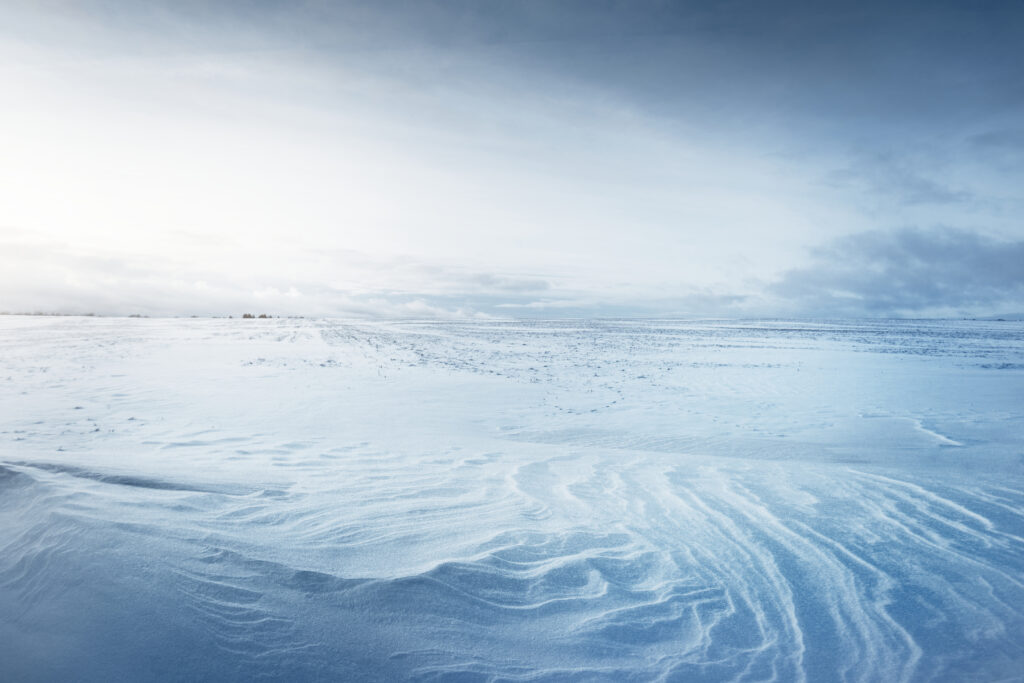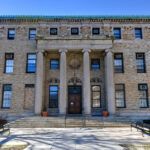The Great Blizzard of 1888 was one of the worst snowstorms in the history of the United States. It began on March 11, 1888, and affected the eastern seaboard of the country, including New York, Connecticut, and Massachusetts. The blizzard lasted for three days and brought heavy snowfall, strong winds, and freezing temperatures.
The storm caught the people by surprise as it came at a time when weather forecasting was not as advanced as it is today. People were not prepared for the intensity of the blizzard, and as a result, more than 400 people lost their lives. The storm caused extensive damage to property and infrastructure, shutting down transportation and communication systems, and bringing commerce to a standstill.
In New York City, snowdrifts up to 55 feet high blocked streets, burying people and horses. The elevated train tracks were covered, trapping people inside trains. Telephone and telegraph wires were down, making communication difficult. Schools, businesses, and government offices were closed for days, and many people were stranded in their homes without food, water, or heat.
The aftermath of the blizzard led to significant changes in how cities prepare for and respond to extreme weather events. In New York City, the storm prompted the development of an underground transportation system that would be less susceptible to weather disruptions. It also led to the creation of a weather bureau that could provide more accurate forecasts.
The Great Blizzard of 1888 remains a significant event in the history of the United States, reminding us of the power of nature and the importance of being prepared for extreme weather events.
References:
https://www.history.com/this-day-in-history/great-blizzard-of-88-hits-east-coast
https://www.britannica.com/event/Great-Blizzard-of-1888




